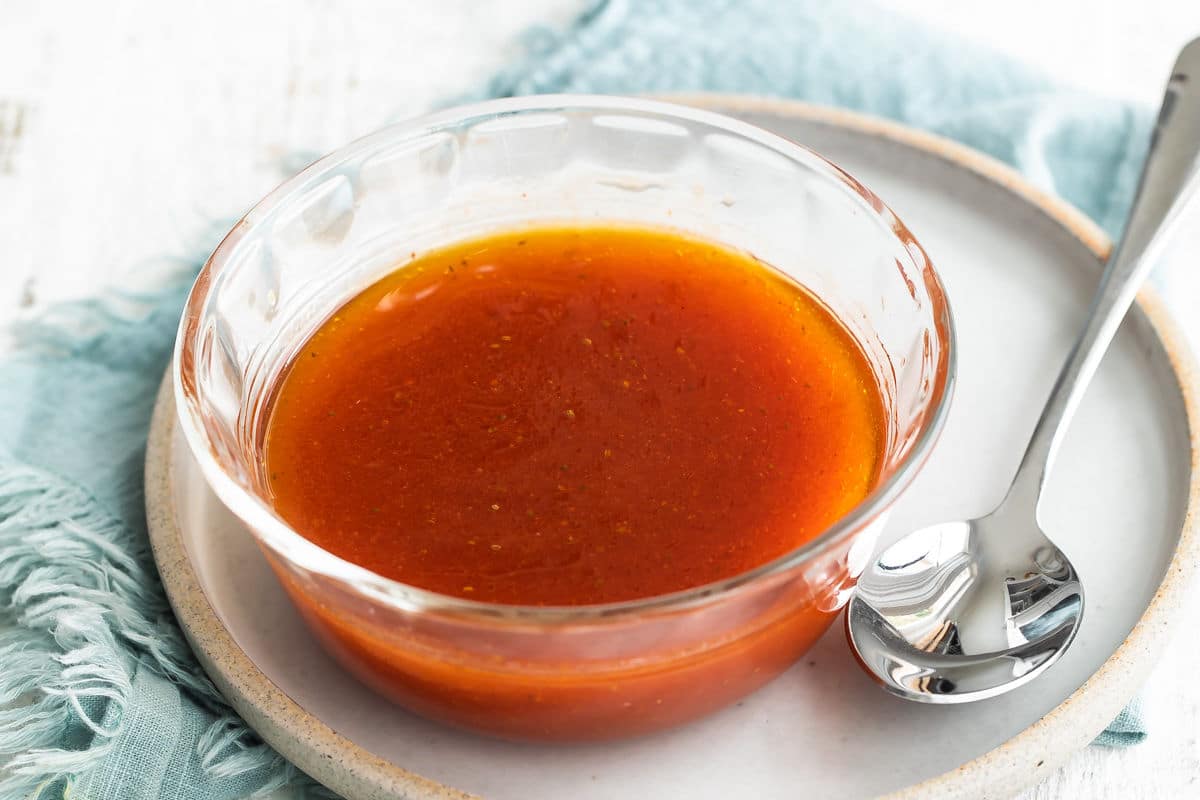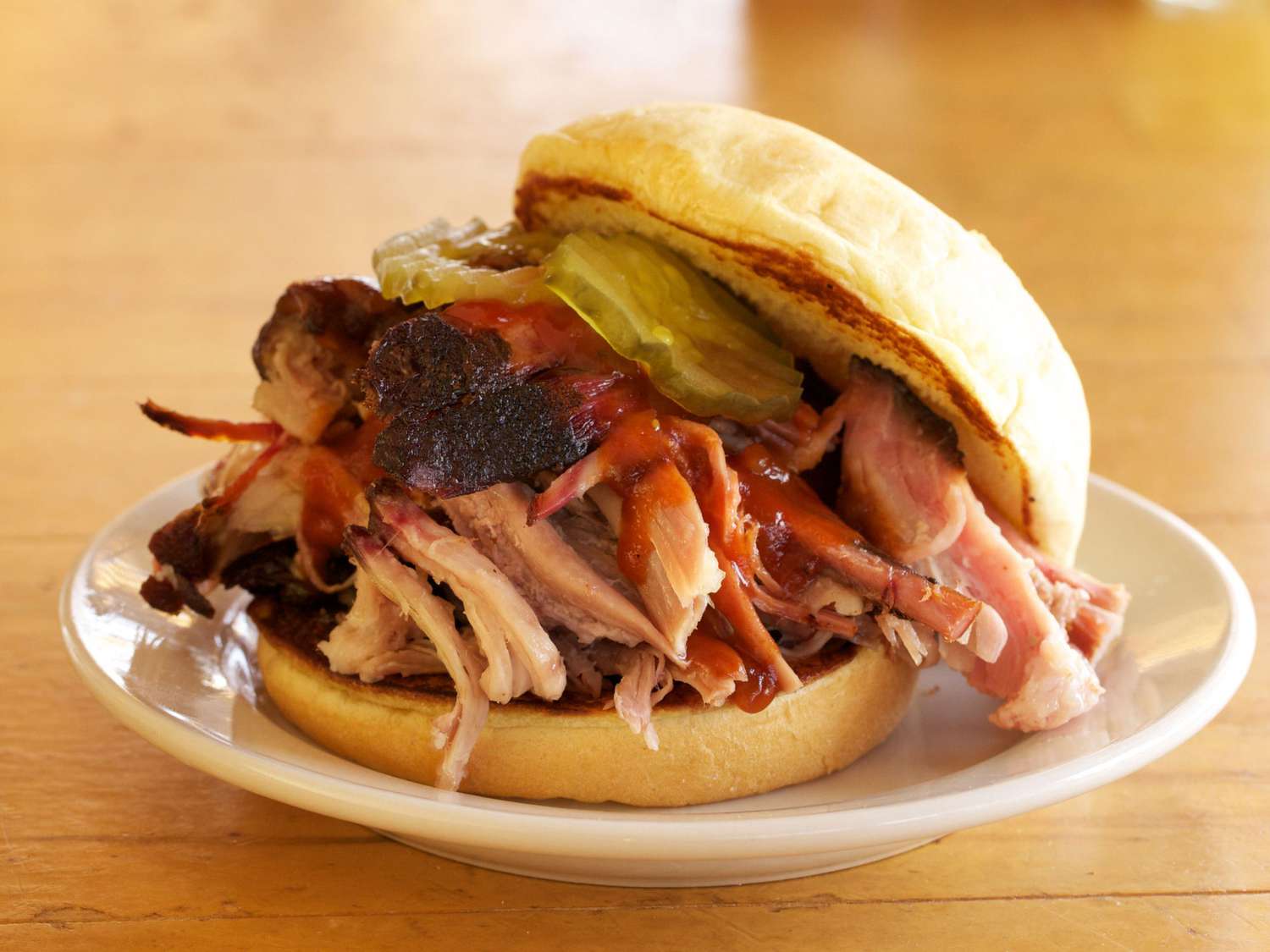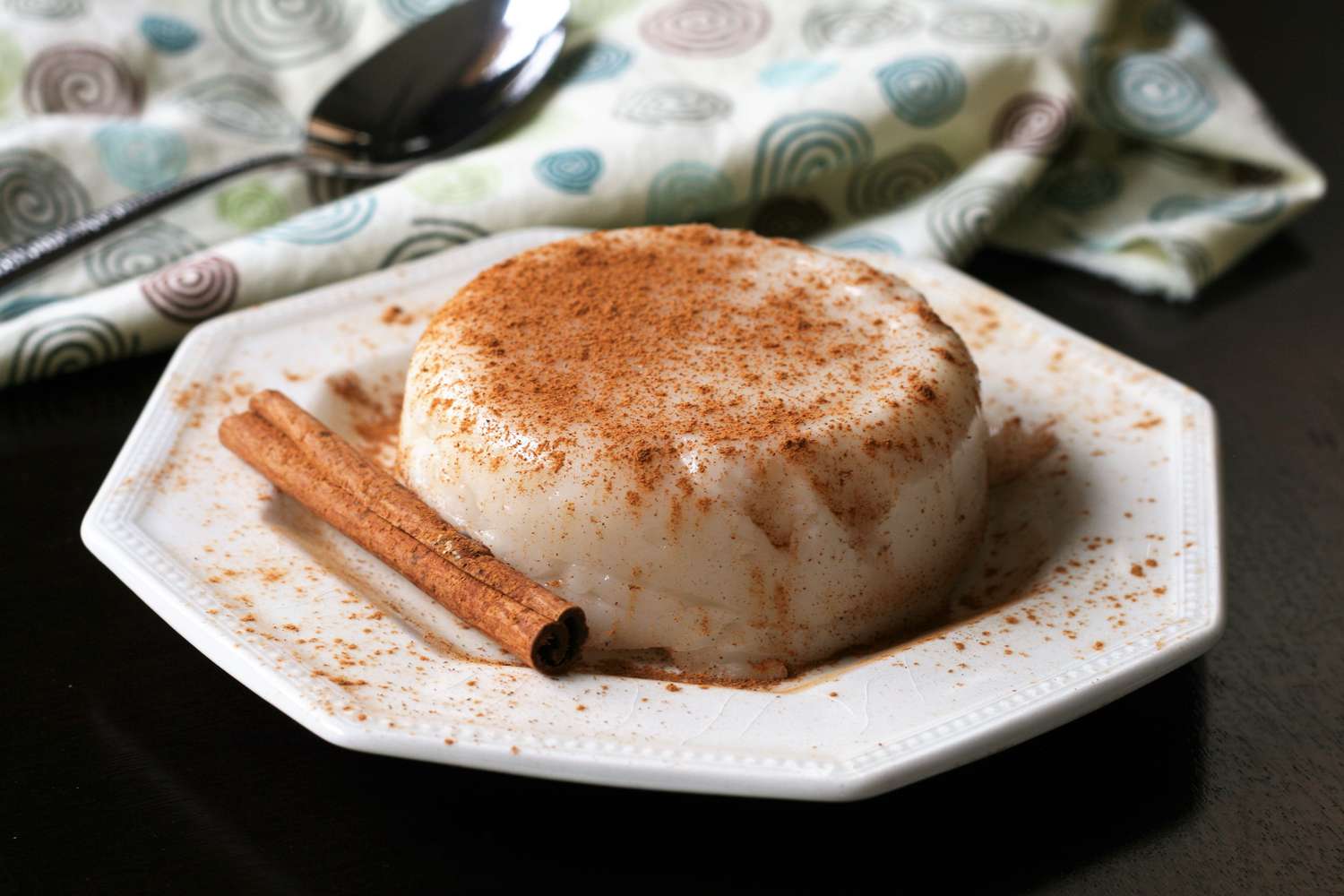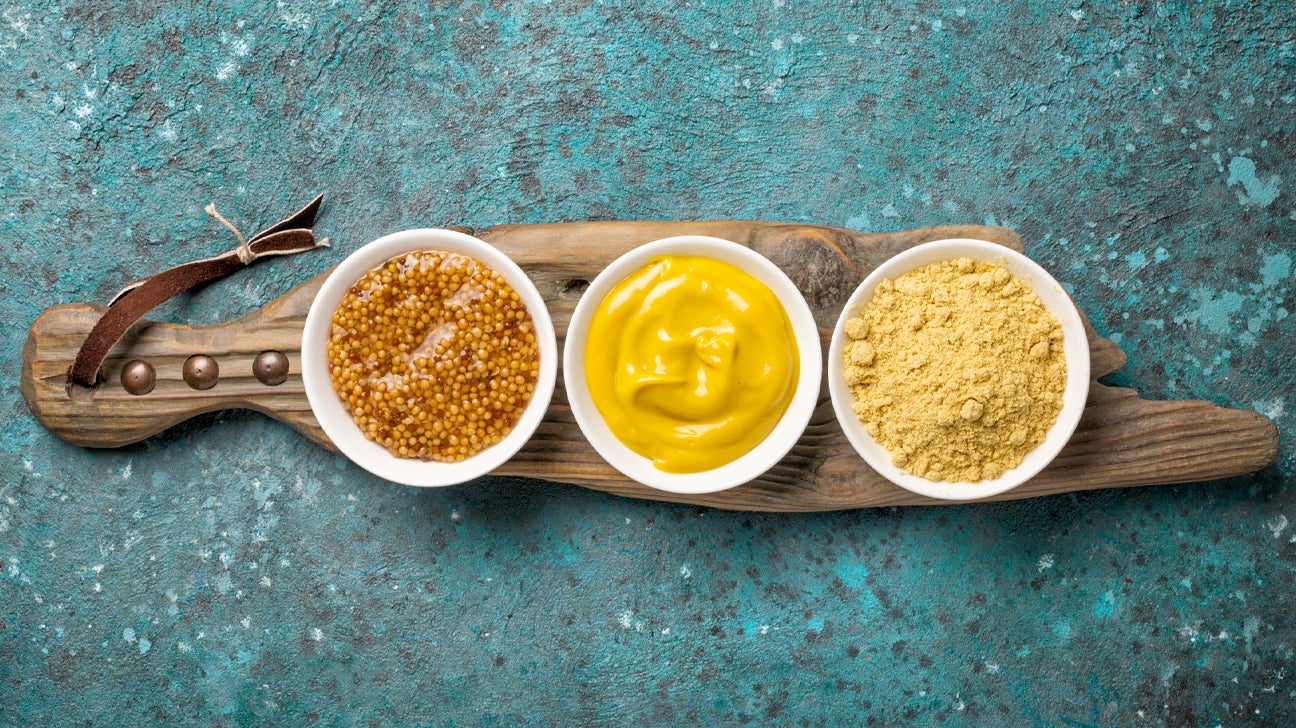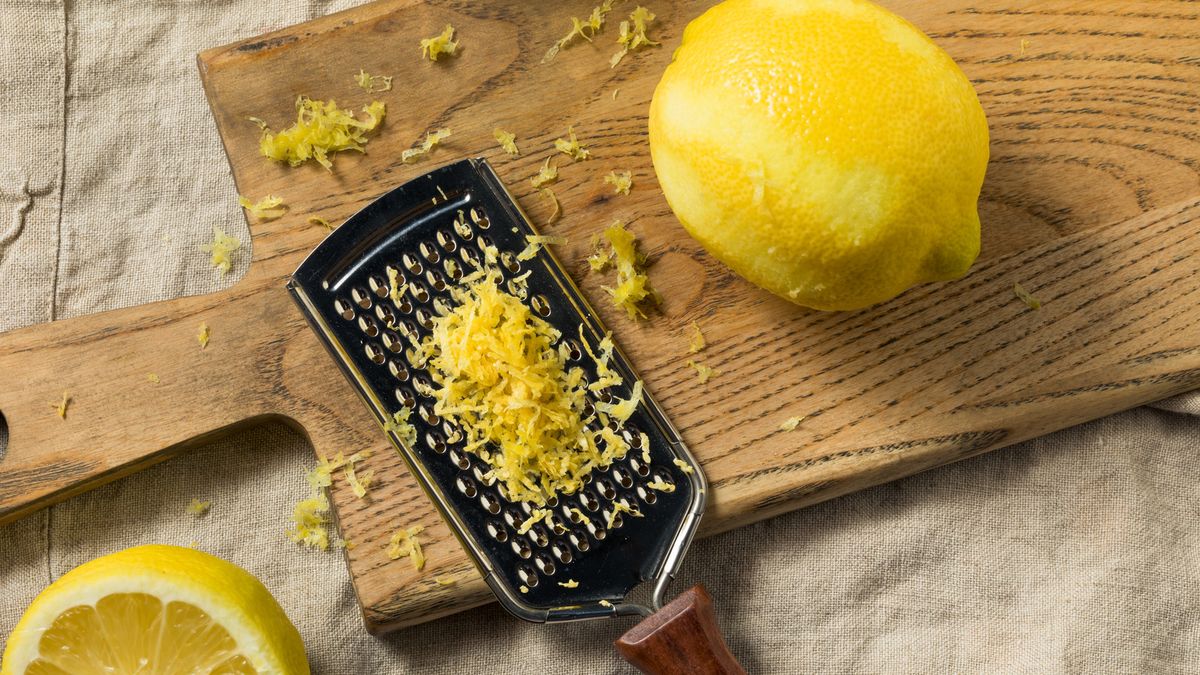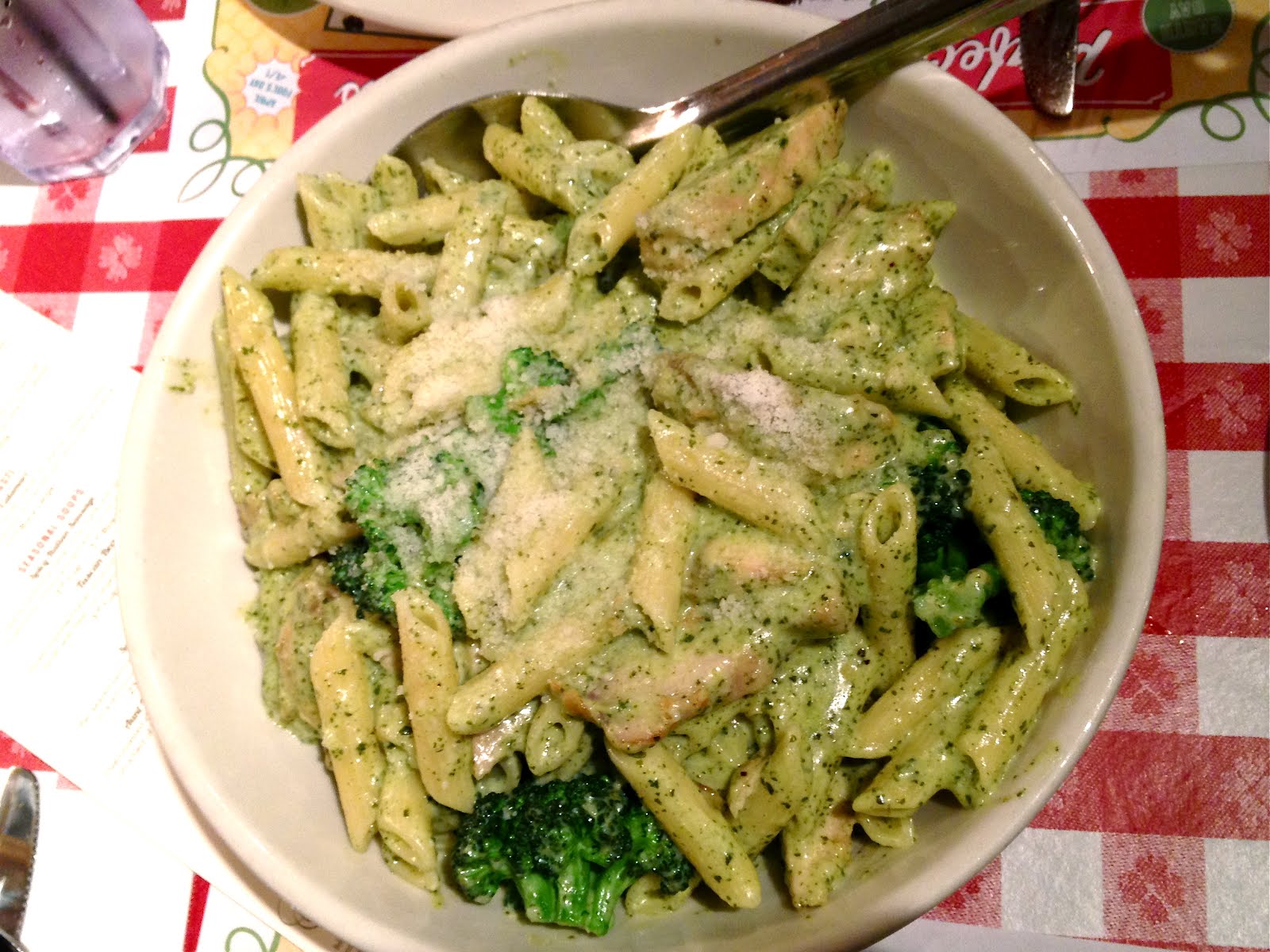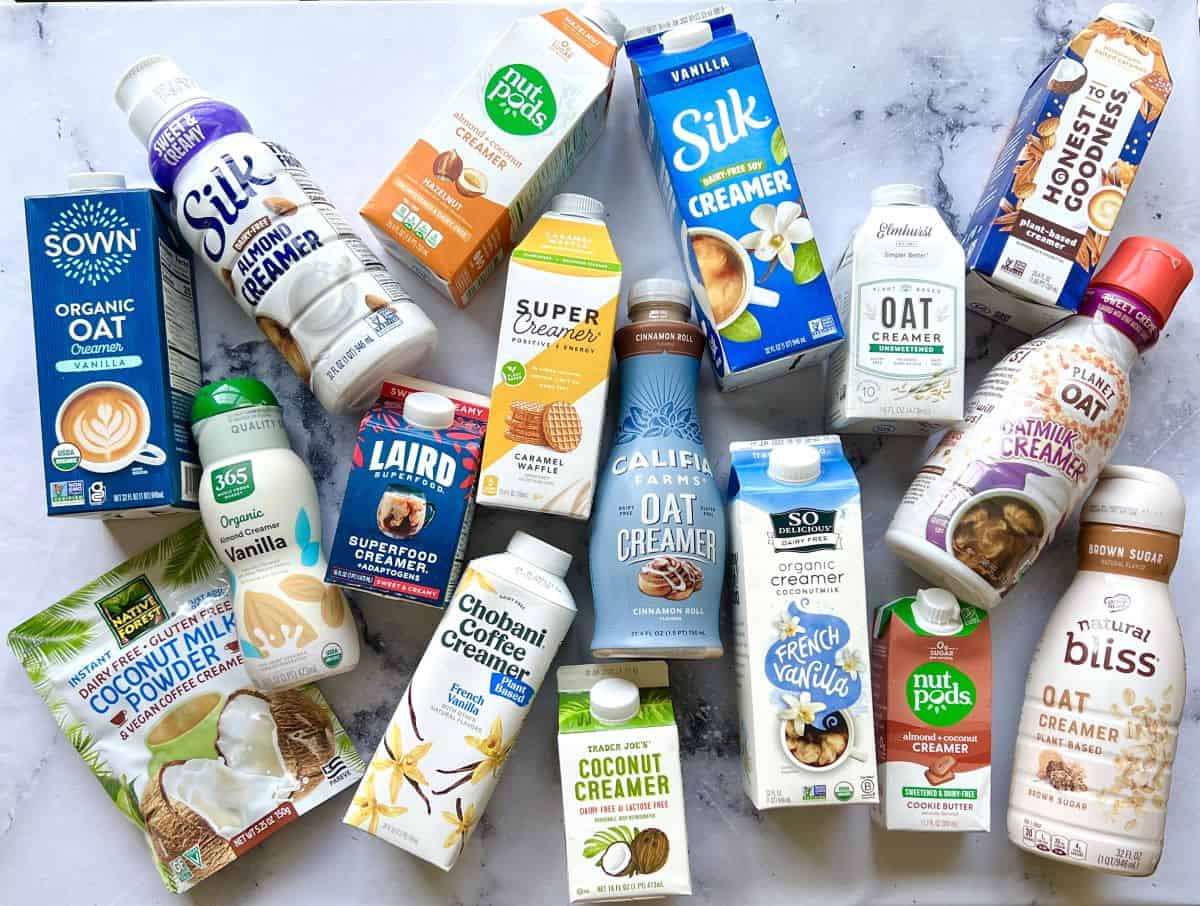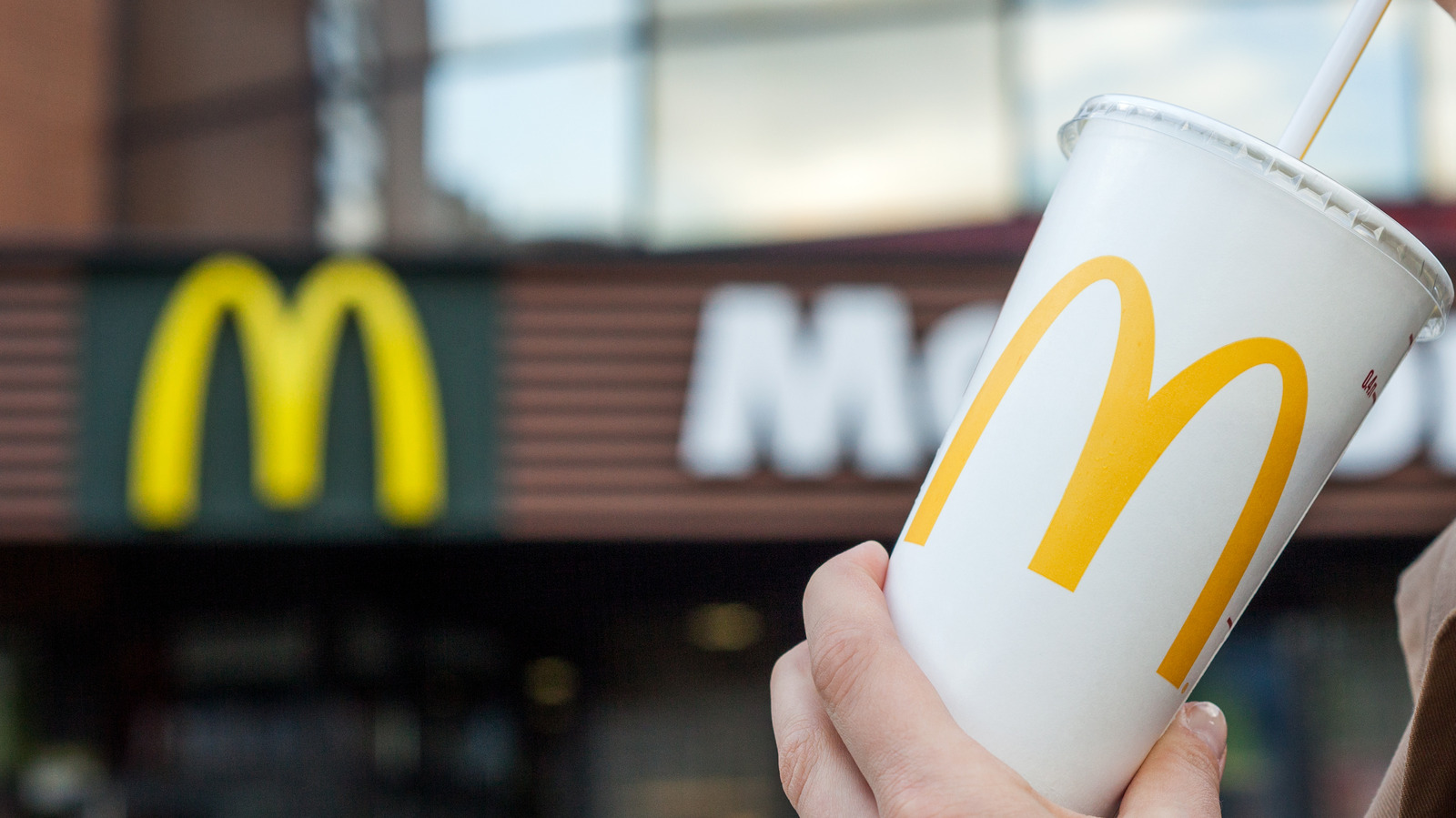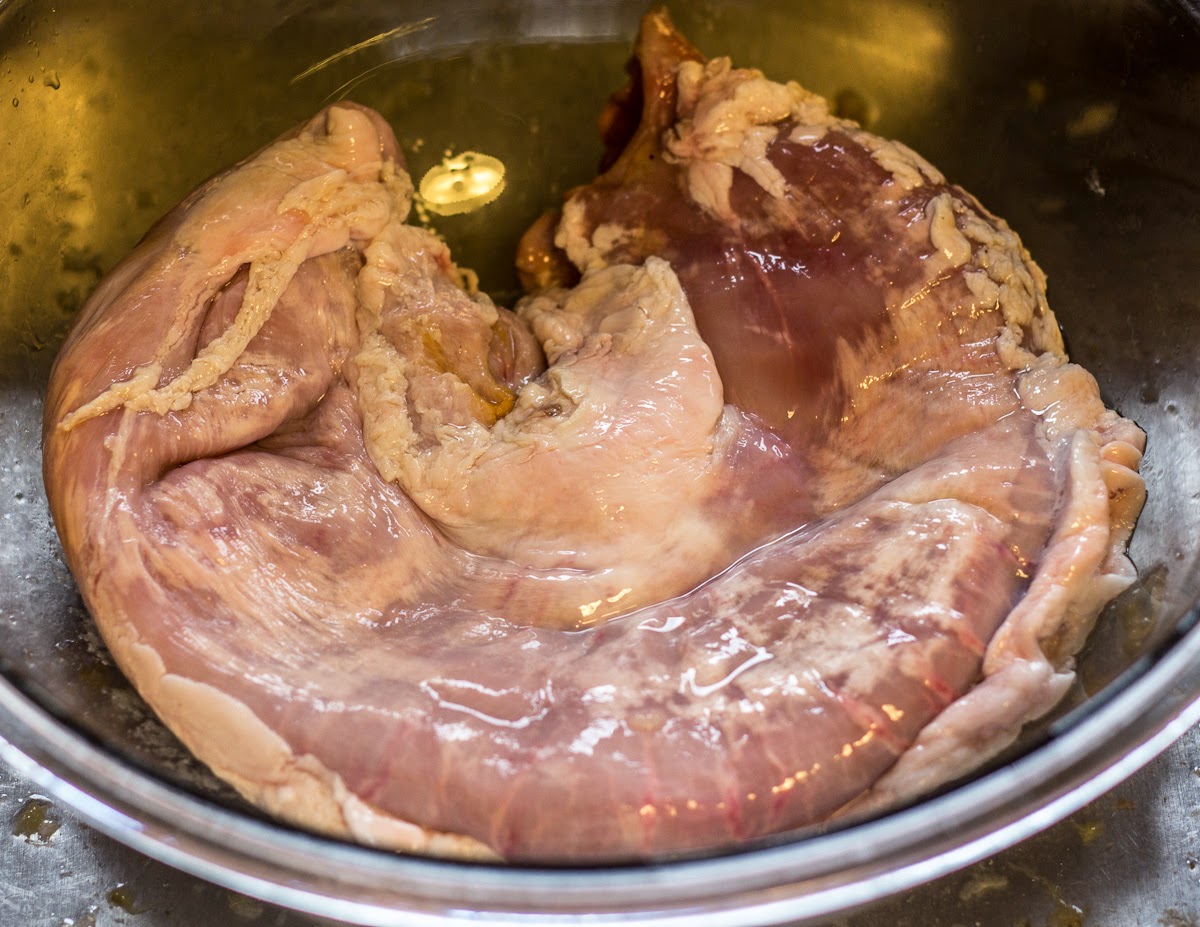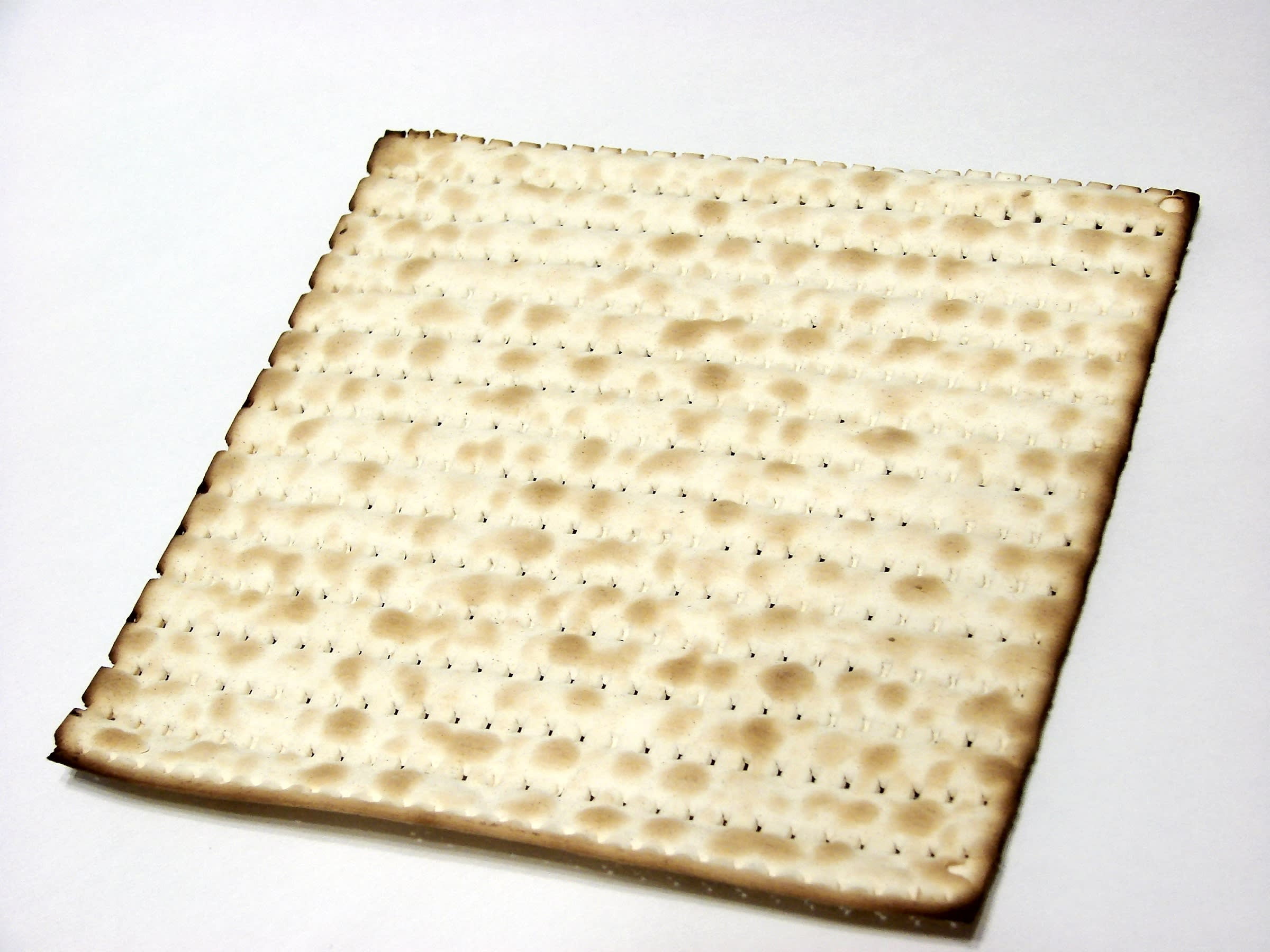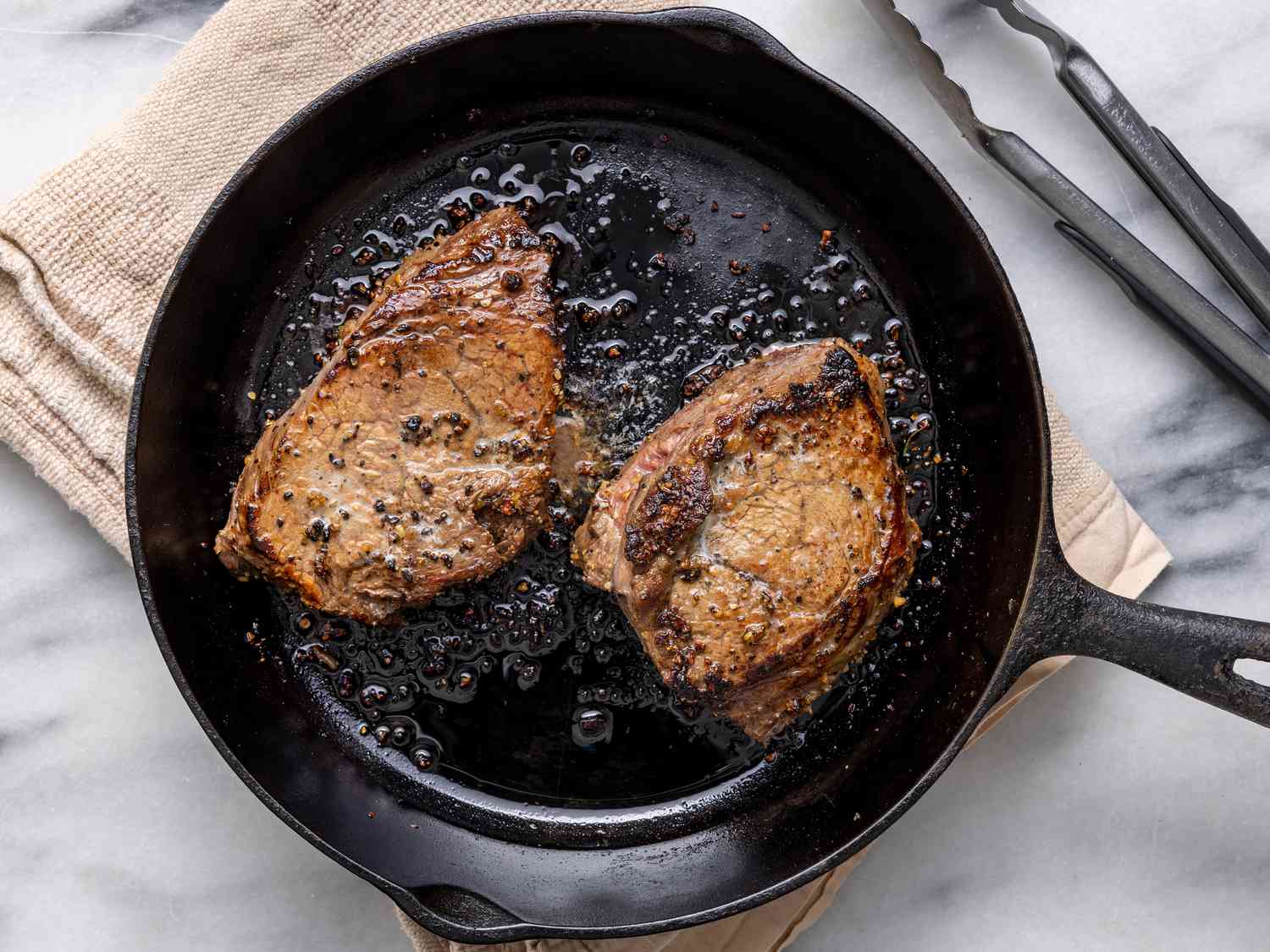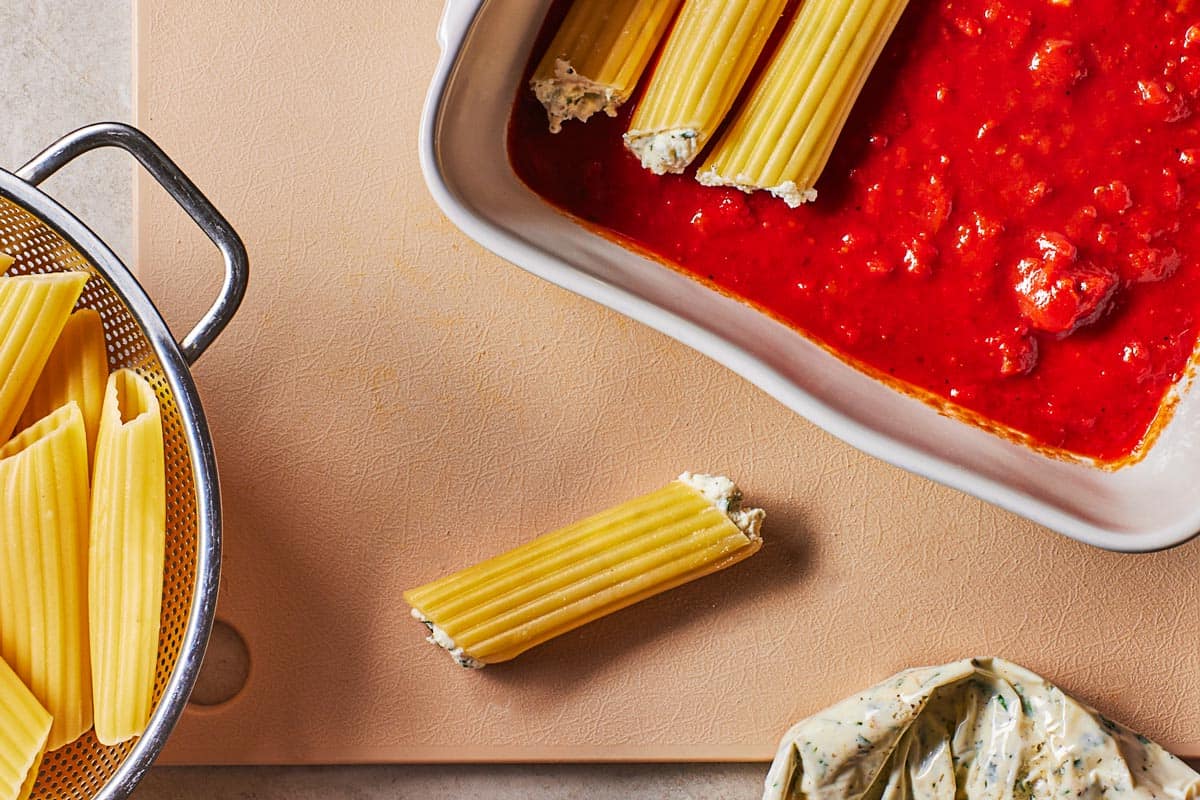Discovering the Delightful Paella Valenciana
When it comes to iconic Spanish dishes, Paella Valenciana holds a special place in the hearts of food enthusiasts around the world. This traditional dish hails from the Valencia region of Spain and is renowned for its rich flavors and vibrant colors. Let’s delve into the origins and ingredients of this beloved culinary masterpiece.
The Origins of Paella Valenciana
Paella Valenciana has a rich history that dates back to the 18th century. It originated in the fields of Valencia, where farmers and workers would prepare the dish over an open fire, using ingredients that were readily available to them. The word “paella” actually refers to the wide, shallow pan in which the dish is cooked.
Key Ingredients
One of the defining features of Paella Valenciana is its diverse range of ingredients, each contributing to its unique flavor profile. The key components include:
- Bomba Rice: This short-grain rice is essential for creating the perfect texture in paella, absorbing the flavors of the other ingredients.
- Chicken: Typically, chicken pieces are included in the dish, adding a hearty and savory element.
- Rabbit: In traditional recipes, rabbit meat is often used, providing a tender and succulent taste.
- Vegetables: Bell peppers, tomatoes, and green beans are commonly incorporated, offering a burst of freshness and color.
- Saffron: This prized spice not only imparts a golden hue to the dish but also infuses it with a distinct aroma and flavor.
- Snails: While not always included, some variations of Paella Valenciana feature snails, adding a unique and earthy dimension to the dish.
The Cooking Process
Preparing Paella Valenciana is as much about the process as it is about the ingredients. The dish is traditionally cooked over an open flame, allowing the flavors to meld together and the rice to develop a delightful crust, known as “socarrat.” This crispy layer at the bottom of the pan is highly prized and adds a textural contrast to the dish.
Regional Variations
While the traditional Paella Valenciana holds a special place in Spanish cuisine, there are also regional variations that showcase the diverse culinary influences across different parts of Spain. For example, Paella de Marisco features an abundance of seafood, reflecting the coastal regions’ access to fresh fish and shellfish.
Enjoying Paella Valenciana
Whether you have the opportunity to savor Paella Valenciana in its birthplace of Valencia or at a Spanish restaurant in your own city, experiencing this iconic dish is a true delight for the senses. The vibrant colors, aromatic flavors, and rich history behind Paella Valenciana make it a must-try for any food enthusiast.
So, the next time you’re seeking a culinary adventure, consider indulging in a steaming plate of Paella Valenciana, and transport your taste buds to the sun-drenched fields of Spain.
Was this page helpful?
Read Next: What Is Lobster Butter
